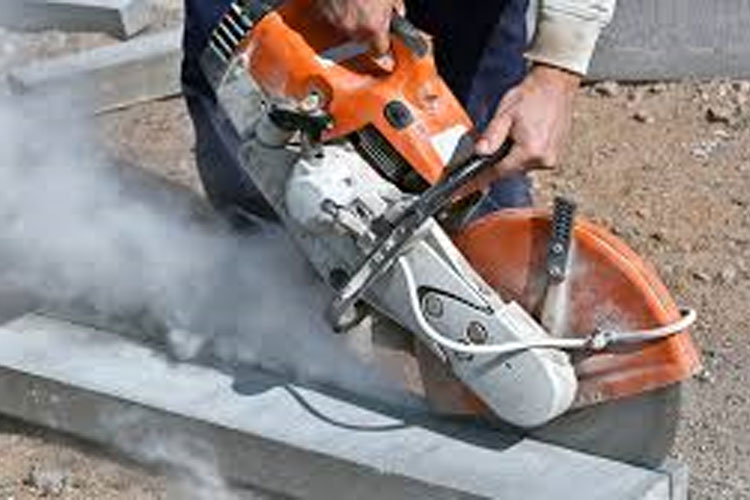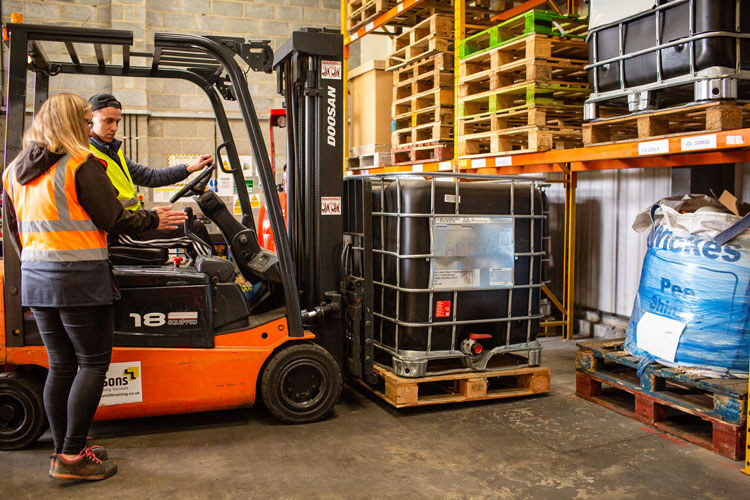Crystalline Silica Safety Training: Why It’s Important. Working in any industry brings with it some hazards that employees must be aware of. However, in the construction and associated industries, there are quite a number of risks that require proper training to remain safe.
When you are concerned about your employees’ well-being and want the best for them, ensuring that you are up to date on the latest training modules is crucial. Following OSHA-mandated procedures and ensuring that your employees are certified to work in specific environments is also necessary. Here is what you need to know about silica and why employees need to be vigilant against it:
What Do You Need to Know About Silica?
Silicon dioxide, more commonly known as silica, is a mineral found on the earth’s crust. It can be found naturally as stone and sand. Silica is used in various processes and products globally, which includes pottery and glass products.
While there are two types of silica, crystalline, and amorphous silica, it is only crystalline used in most industries. Sand and stone are processed to produce various other materials, including bricks and concrete. Amorphous silica can be found in food additives and has been shown to have no negative effects on health.
Uses in Construction
Workers in the construction industry are highly exposed to silica, even daily. Many may be involved in activities altering silica-containing materials for their construction projects. The alteration of these materials means that workers will be exposed to respirable silica, as some of it will be turned to dust in the process.
Those working to sift sand are also considerably exposed to silica, and it can lead to various health ailments later on. Taking precautions to prevent any long-term consequences is crucial.
OSHA Standards
Since many workers in the construction industry are exposed to silica, it is only natural that they have to be aware of the dangers of what they’re doing. The Occupational Safety and Health Administration (OSHA) has a standard for crystalline silica so employees can be better protected.
Employers are required to create and implement a silica exposure control plan. It should also highlight how workers will be protected from this material. An individual will be assigned to implement the plan, and there has to be an active effort toward reducing silica exposure where possible.
Exposure Risks and Preventive Measures for silica safety training
As mentioned before, silica exposure can lead to various undesirable health ailments, including:
- Lung cancer
- Chronic obstructive pulmonary disease
- Lung inflammation and scarring (silicosis)
- Kidney disease
- Autoimmune diseases
Other ailments have been indirectly caused by silica exposure, and more research is being done to investigate its complete effect on the human body. A combination of precautionary and preventative measures can ensure that workers are minimally exposed to silica and treated immediately in case of any ailments.
Looking for Crystalline Silica Safety Training? We Can Help
Ensuring your employees’ well-being can be a full-time job, and that’s why Think Safety Always is here to help. We are one of the highest-rated construction safety training and consulting firms, and we aim to ensure that your employees are always taken care of.
Schedule a consultation today by calling 786-683-4141





